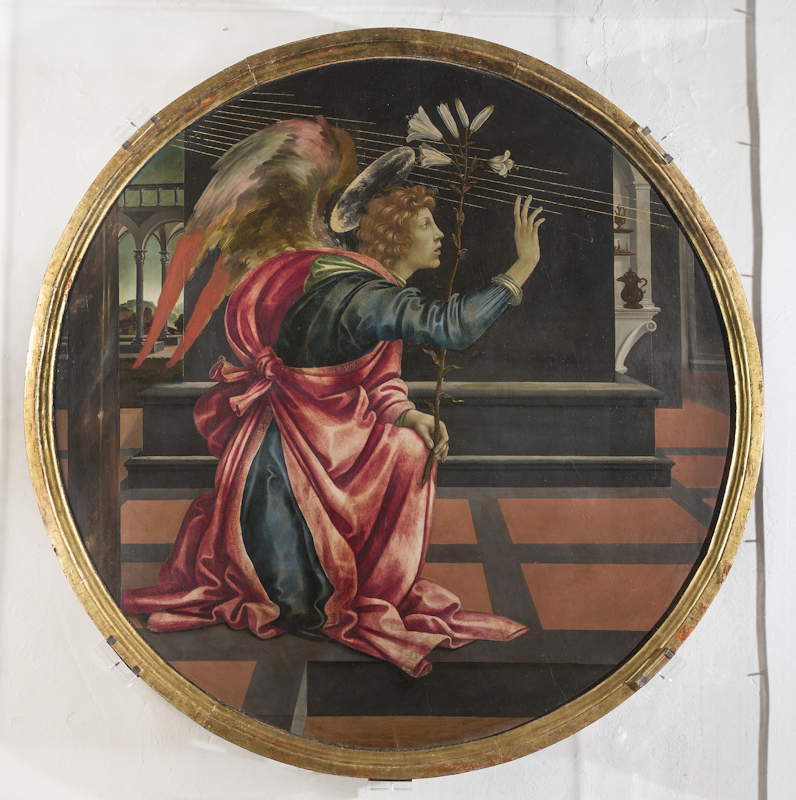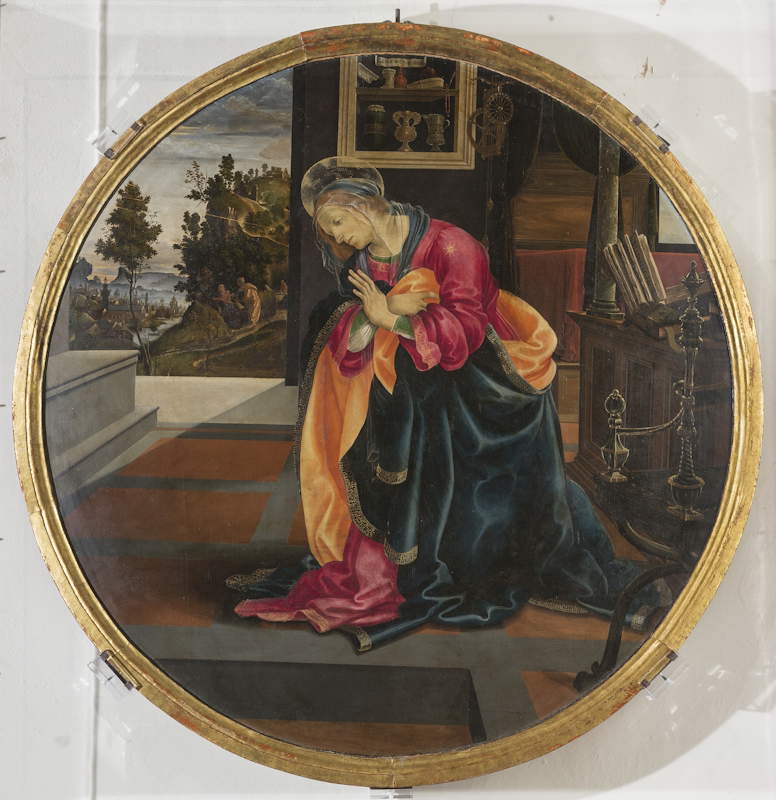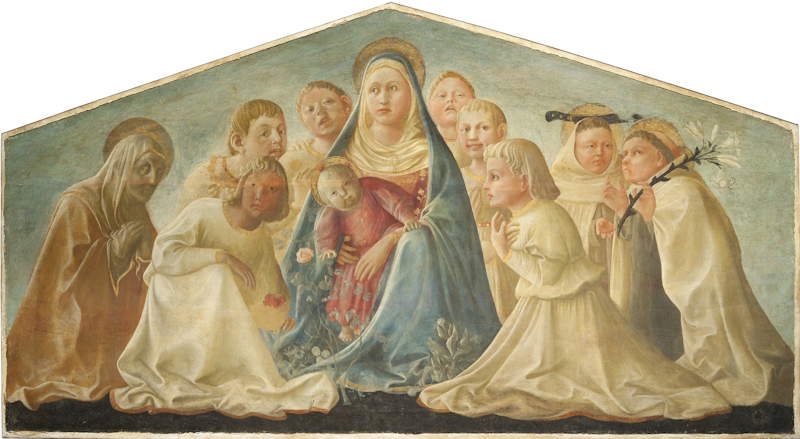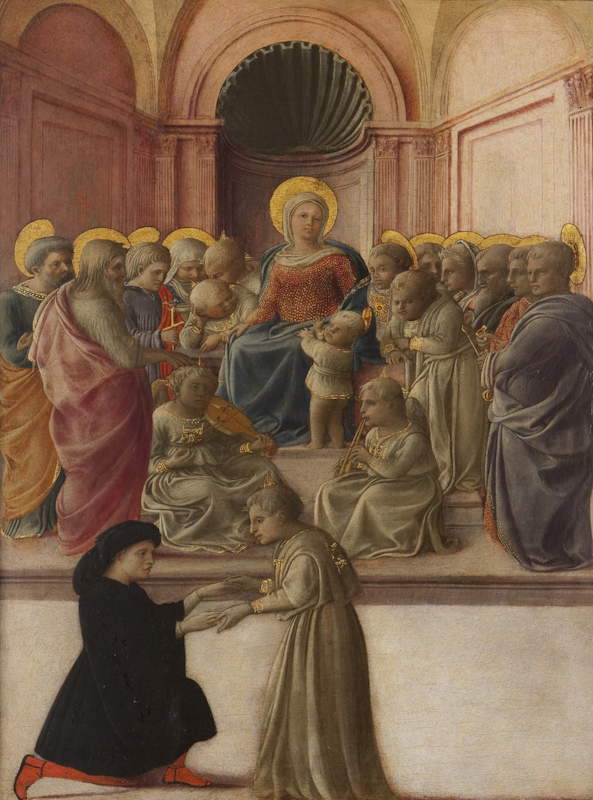Rome, Filippo Lippi and Filippino Lippi star in an exhibition at the Capitoline Museums
Father and son, Filippo and Filippino Lippi, on display together at the Capitoline Museums in Rome, May 15 to August 25, 2024. The exhibition Filippo and Filippino Lippi. Ingenuity and Quirks in Renaissance Art at Palazzo Caffarelli, curated by Claudia La Malfa, centers on the golden age of the Italian Renaissance between Florence and Rome, focusing on some of the masterpieces of Fra’ Filippo Lippi, one of the greatest artists of Cosimo de’ Medici’s Florence, and his son Filippino, heir to his father’s genius, who knew how to interpret the artistic taste of late 15th-century Rome. Indeed, the careers of both artists are closely intertwined with the cultural climate of the Renaissance.
The exhibition presents some splendid paintings and drawings that illustrate in an explanatory way the artistic contribution of both masters, including Filippo Lippi’s famous Madonna Trivulzio from the Castello Sforzesco in Milan and Filippino Lippi’sAnnunciation from the Civic Museums of San Gimignano. Visitors also can learn about the unique biographical story of the two painters and their entire important artistic production, which, in Filippino Lippi’s case, also included a stay in Rome for the fresco decoration of the Carafa Chapel in the basilica of Santa Maria sopra Minerva.
Fra’ Filippo di Tommaso Lippi (Florence, 1406 - Spoleto, 1469) was, with Beato Angelico and Domenico Veneziano, a highly refined and eclectic artist, capable of assimilating the lessons of the great masters of the time, especially Masaccio and Donatello, who gradually moved toward a wider range of influences, including Flemish painting. His style gradually became predominant in the Florentine area, forming the basis on which painters such as Botticelli created their own manner.
Filippo Lippi (Prato, 1457 - Florence, 1504), known as Filippino Lippi to distinguish him from his father, took up the linear style of his master Sandro Botticelli, but used it to paint works in which the unreal character and fantastical element of the scene with elongated figures and scenes rich in imaginative detail stood out. His painting is among the most representative of the evolution that took place at the end of the 15th century in Florence: in fact, from the age of balance and linear purity, art moved over time toward expressive exasperation and the mysterious, fantastic and disturbing element, which then flowed into Mannerism, eventually leading to Impressionism.
The exhibition project is the result of a collaboration with important Italian cultural institutions, including the Uffizi Gallery, theAccademia in Venice, the Cini Collection in Venice, the Pinacoteca dell’Accademia Albertina in Turin, and theCentral Institute for Graphics in Rome.
For all information, you can visit the official website of the Capitoline Museums or the official website of Turismo Roma.




 |
| Rome, Filippo Lippi and Filippino Lippi star in an exhibition at the Capitoline Museums |
Warning: the translation into English of the original Italian article was created using automatic tools. We undertake to review all articles, but we do not guarantee the total absence of inaccuracies in the translation due to the program. You can find the original by clicking on the ITA button. If you find any mistake,please contact us.





























